
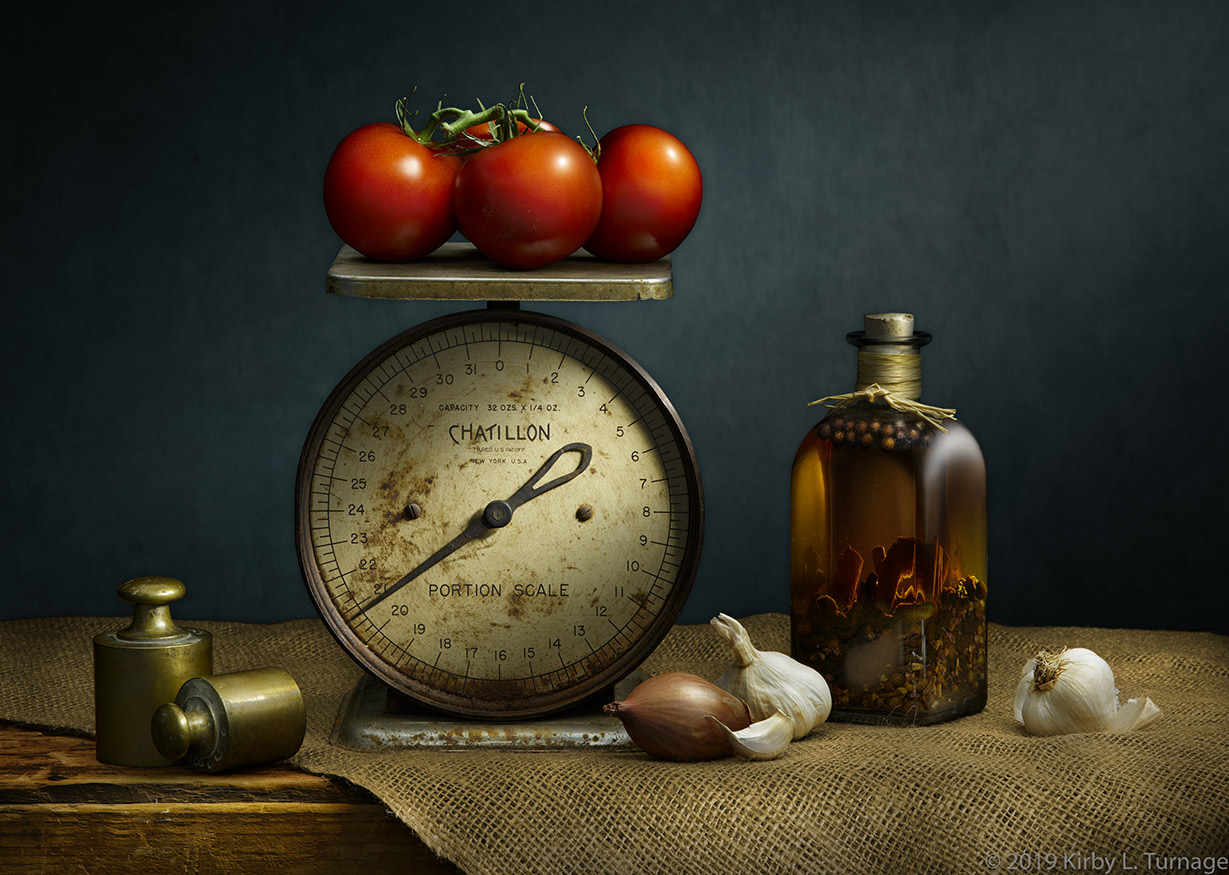
Meet Kirby Turnage
Kirby is 58, a Shoulder and Knee Orthopaedic Surgeon in Pensacola, Florida. Elizabeth, his wife of 36 years, is an author, theologian, painter and mother to their four grown children. Sharing their home is a wonderful person dressed in a dog suit named Rosie. Kirby is a very blessed man. His surgical work is quite challenging and rewarding, yet capturing beauty through photography gives him another type of reward, an artistic outlet and a creative expression.
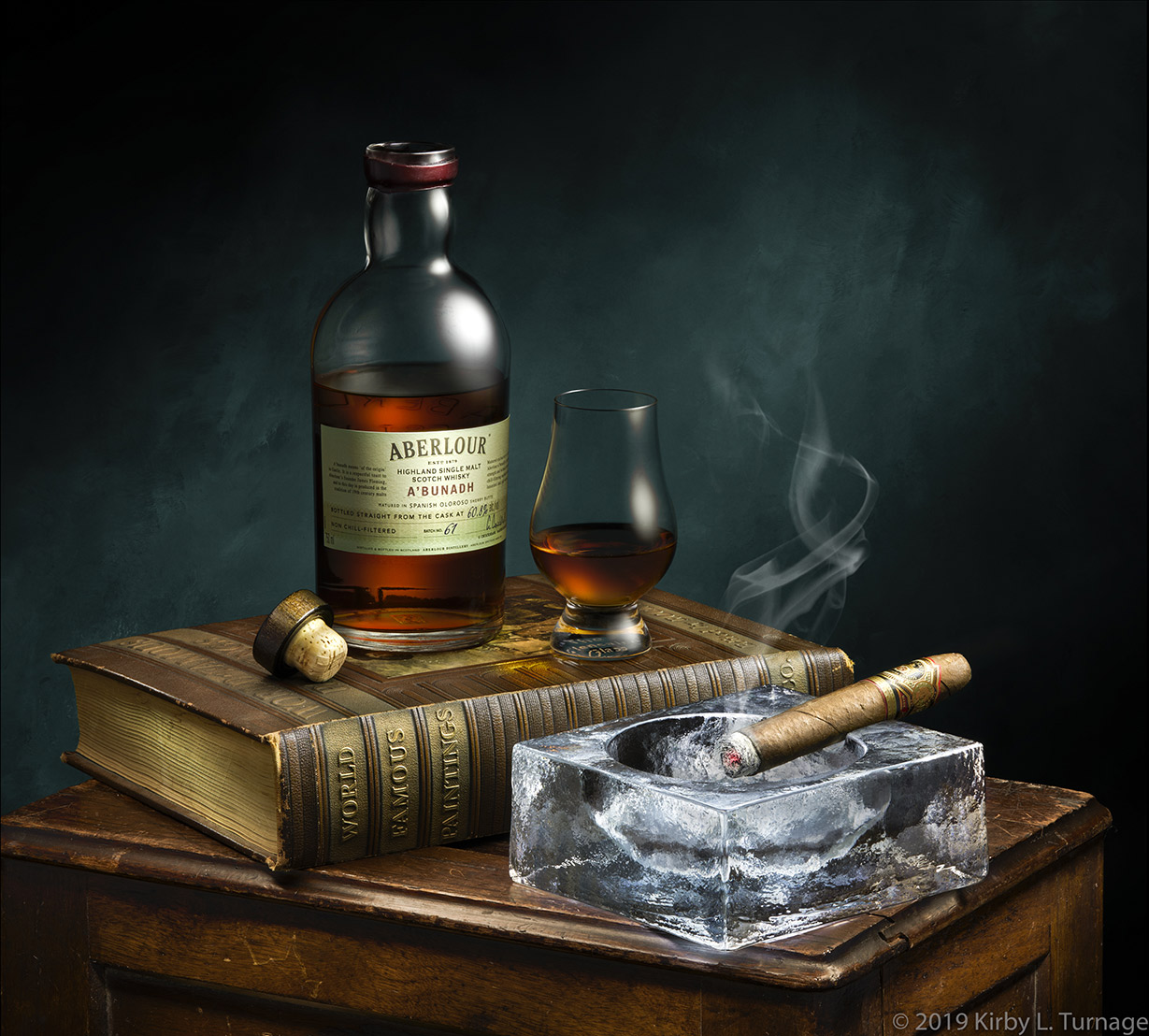
Kirby, how did you discover your love for photography?
I began to curiously play with my Father’s camera gear, discovering how it worked, looking at images about age 10. He was so encouraging and gave me free reign to play as I wanted. On my 12th birthday my father gave me a Canon FTBn, a couple of lenses, a B&W darkroom. It was a wonderful gift which encouraged creativity then and continues to date. Hundreds of hours in the darkroom processing bulk-rolled film and printing was magical – just created a greater desire to learn. I discovered I could make money photographing grandchildren in my city, all the profits of which went back into supplies and more gear. I then worked for a professional photographer when I could drive, which just stoked that desire for professional gear which allowed me to do more. That early hobby continues to the present.
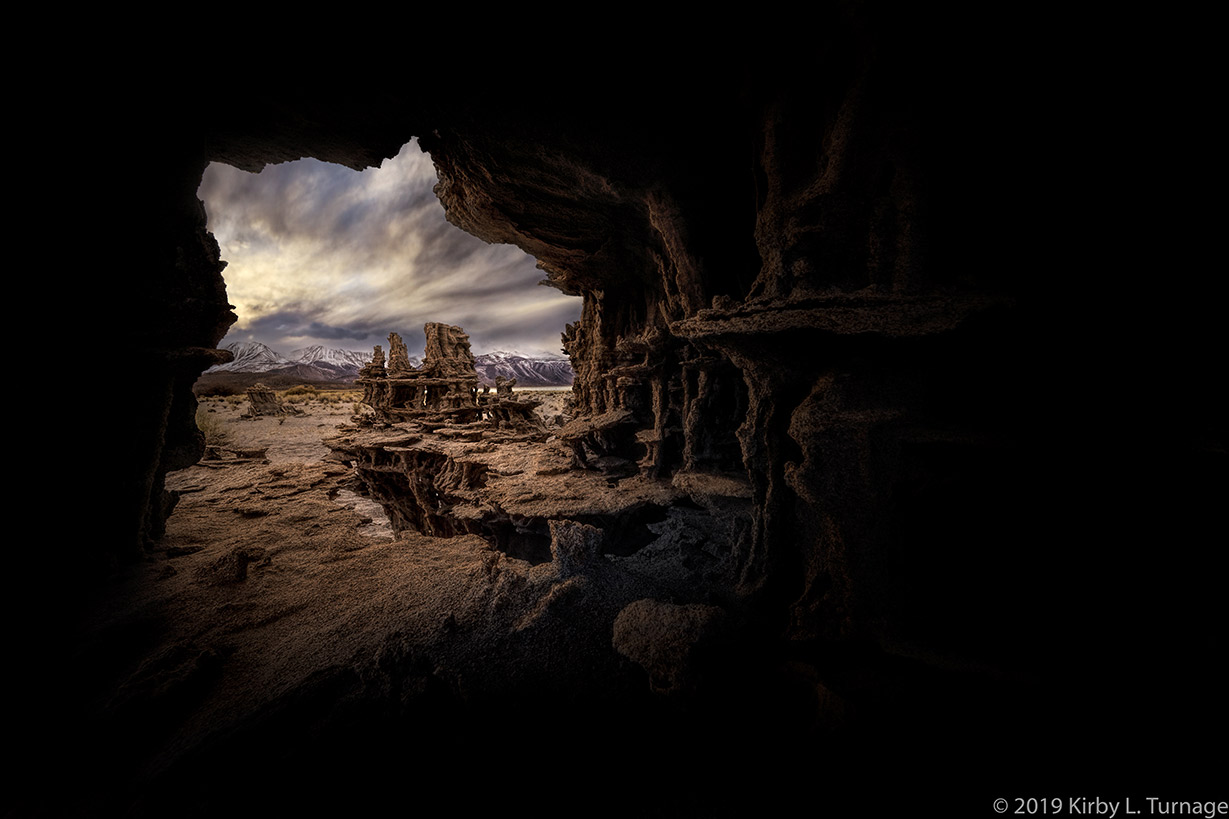
Where do you draw your inspiration from? Do you have any specific influences you’d like to share?
My interests are broad. Harold Ross is unparalleled with still life. Extraordinary light painter. I have learned so much from him and his work. Mark Metternich, David Muench, Peter Eastway for Landscape work. Joel Tjintjelaar and Julia Anna Gospodarou for fine art BW. Portraiture: Joel Grimes and Gemmy Woud-Binnendijk. Floral: Mandy Disher, Jackie Parker, Lotte Gronkjaer. There are others, yet these are artists I frequently study.
If you were behind your camera and could choose anything you wanted to be in your viewfinder, where would you be and what would you be looking at?
Landscapes. Difficult to pick just one or even ten. There is so much beauty in the world that makes me cry out, “WOW God!” that I wish to photograph. I plan to visit Montana this Summer, Cuba over Christmas and the Page, AZ region next year – much to see and photograph. Some day I would also like to experience and photograph Antarctica.
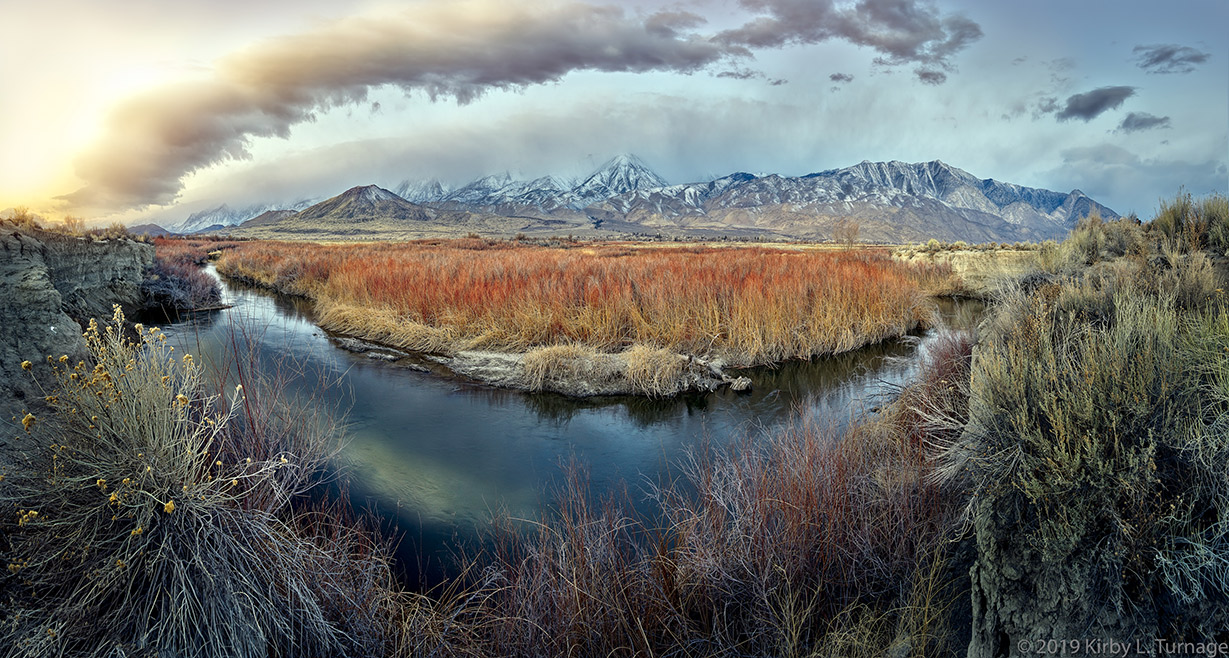
In which ways do you see your work evolving in the next 5 – 10 years from now? Do you have any upcoming projects you’d like to share with us?
My hope is that I will become more skillful in composition, capture, and even post-work. I wish to refine the art more than the science.
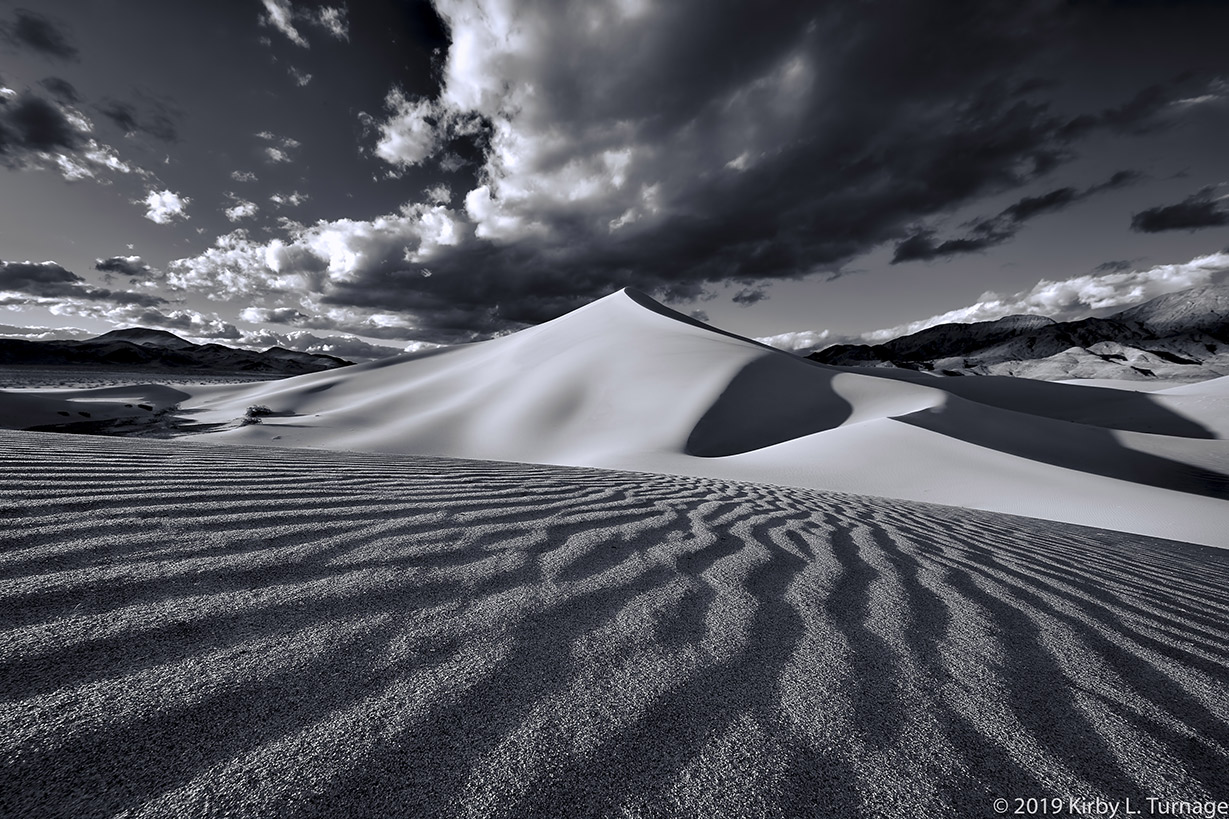
You’ve been a Phase One user for some time. Can you tell us a bit about your Phase One kit and what you like about it?
Game changer. I have the 50MP Canon EOS 5DS, the Mk IV and 1DX, much of the Canon L glass, and while they have their place over the XF system (sports, sandstorms, inclement weather) and I can produce great images with them, the incremental difference which can be captured with the XF/IQ3 with the Blue Ring Lenses is difficult to believe until you see it up close. The detail, the extraordinary dynamic range, the color accuracy – it substantively advances image quality by affording a heightened “possible”. Until Phase One I never realized the caliber of image capture possibility. I admit that carrying what is certainly a heavy “kit” on hikes exacts its physical toll, but when I process the images in Capture One I remain stunned at what this amazing tool is capable of. The “luxuries” built into DSLRs are now available in the XF system: auto-bracketing, automated focus-stacking, even an ergonomic “feel” of occasional hand-holding (though heavy) have advanced medium format usability. In the studio, in-camera ProFoto strobe wireless management is also very nice.
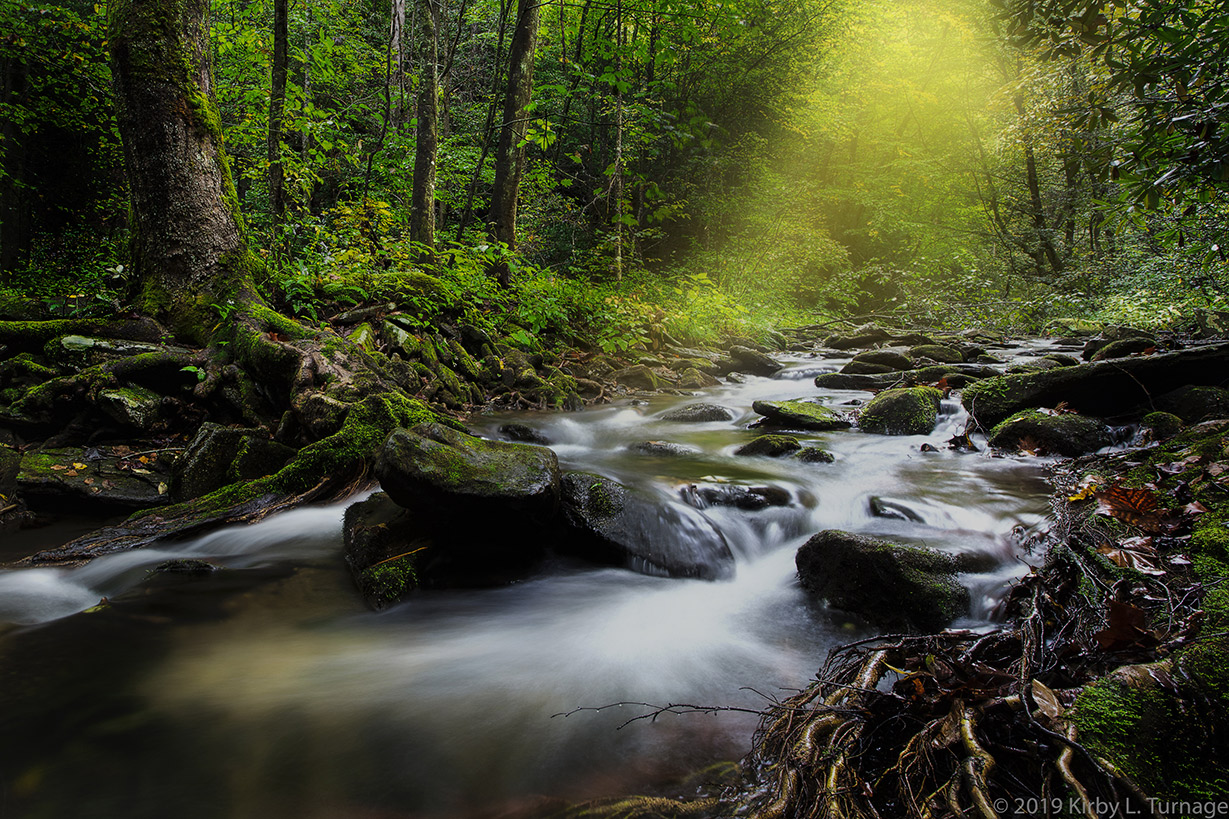
What prompted you to make the switch from shooting 35mm to medium format systems?
I actually use both formats. My goal is always to maximize image quality, given the specific demands of the shoot. When possible and practical, MF is my choice for maximum image quality potential. There remain times when 35mm is needed and the only solution – example is the Canon 11-24 f/4L lens. The image from within a Tufa cave is a hand-held, manual stack of 8 images at 11mm – couldn’t fit the XF in the small space nor do the MF lenses have the focal length width needed. Same is true on other end – super telephoto.
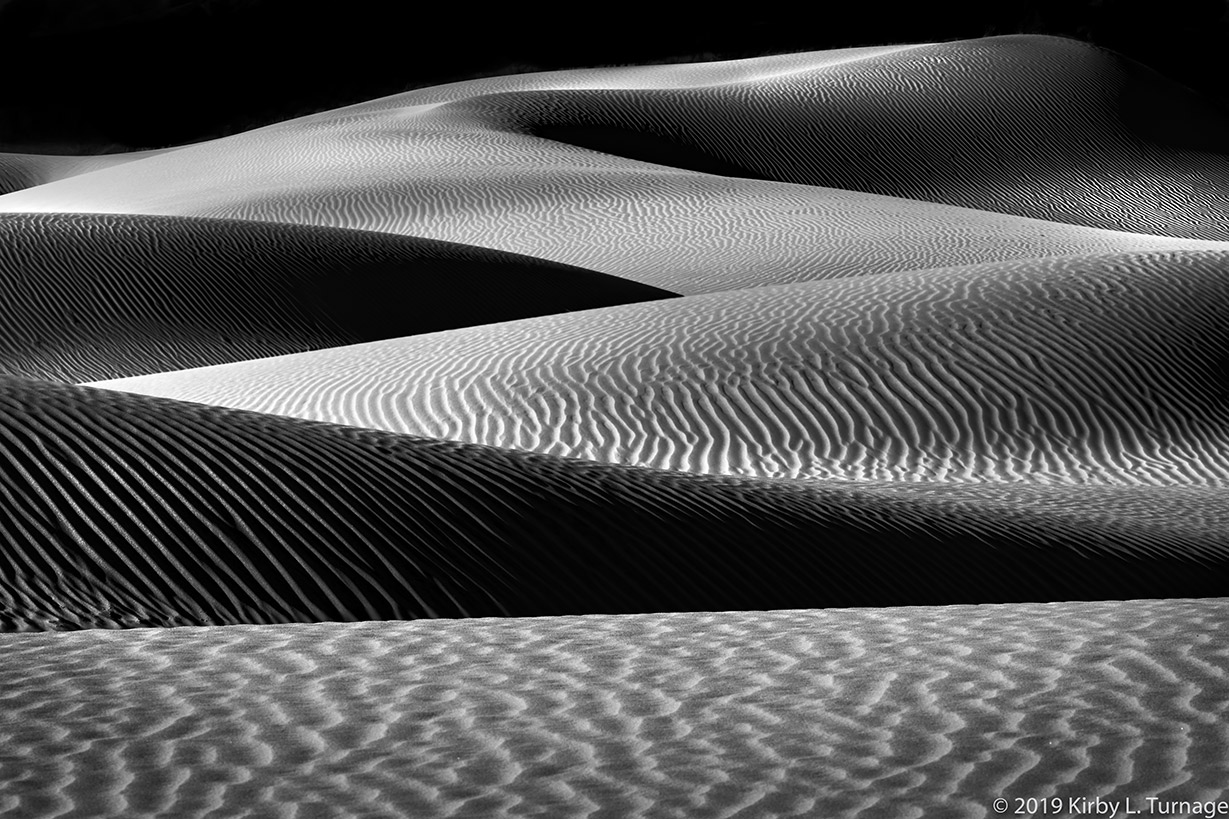
What is your favorite essential photo gear or tool that you take with you on every shoot? Why?
Really Right Stuff Carbon fiber tripod with RRS BH-55 ball head. Extremely durable, sturdy supporting MF or 35mm, even with long lens. Tripod is light though very durable and supportive. The ball head is heavy but affords excellent stability in studio or high in the mountains using heavy MF gear.
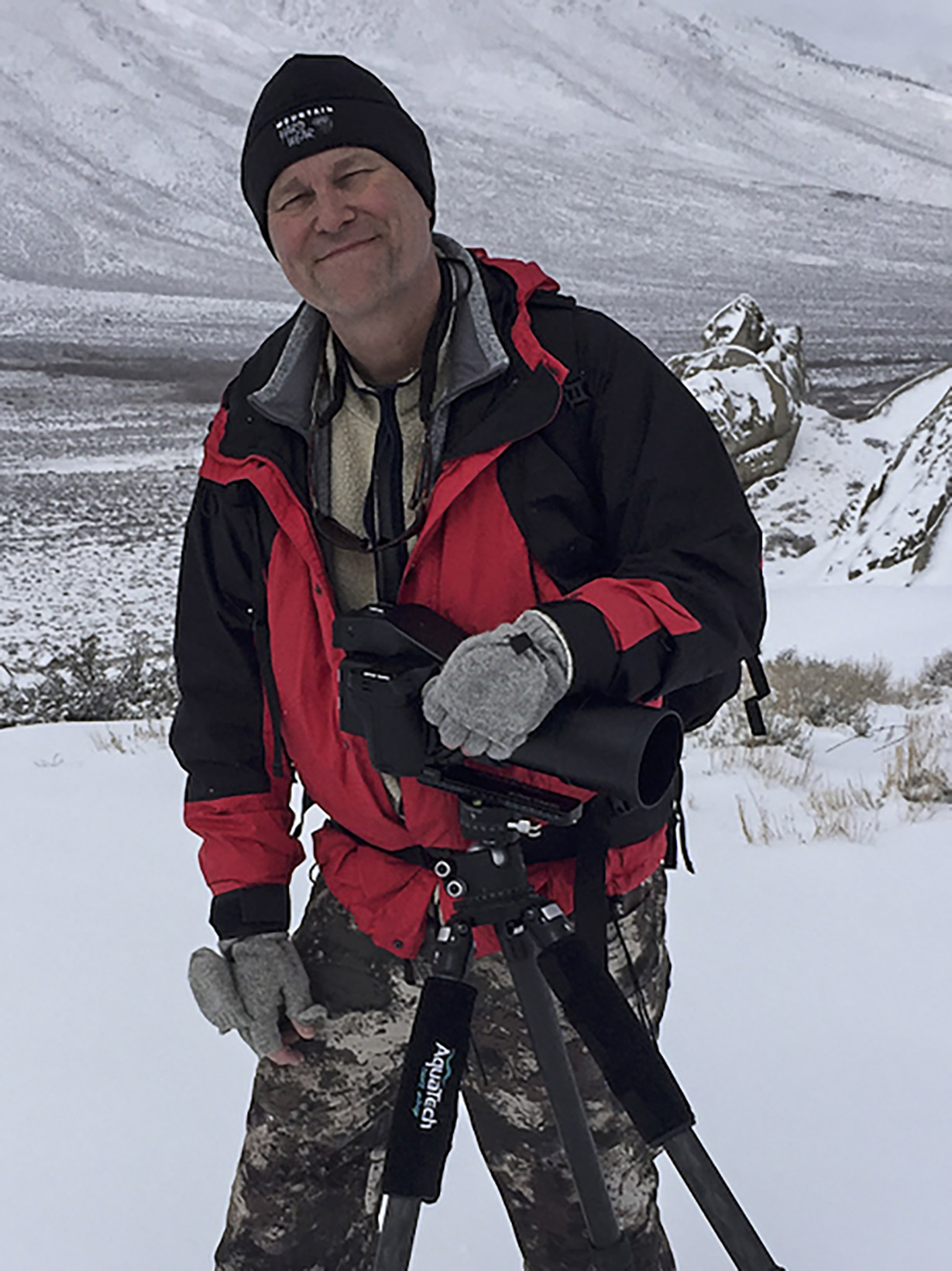
What made you chose Capture Integration as your partner?
In short: Chris Snipes. When I began researching medium format I found you cannot purchase Phase One at B&H or other typical retailers. Chris was patient, helpful, extremely knowledgeable, quick to respond to every inquiry, never pushy. I came up with a few special needs, though difficult, Chris came through again and again. XF and Lens setup – all made easy. The customer service and technical support is unsurpassed. I have yet to need warranty service but should that occur, I am certain my needs will be expedited.
Connect with Kirby
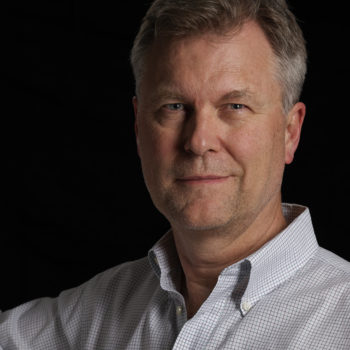
Website: https://kirbyturnagephotography.myportfolio.com/